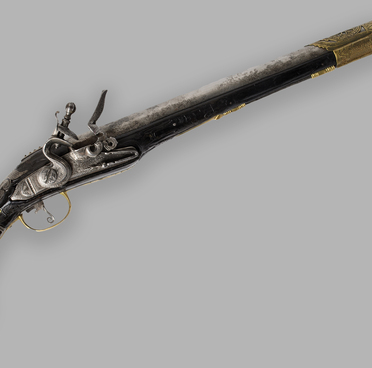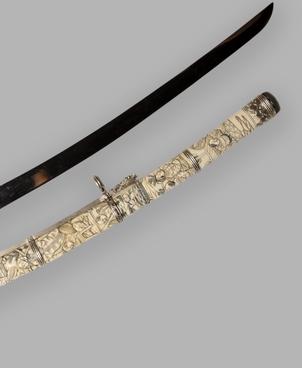In the 19th-century Russian Empire, there were two unusual professions that were unique to Kyakhta: tea inspectors and tea basket packers. Most of the settlement’s workers were engaged in either of the two.
Each tea merchant had their own tea inspection and packing artels in Kyakhta. Tea inspectors helped to unload the packsaddles from the camels which were used by the Mongols to deliver the goods. They weighed the tea and used their own horses to bring tea to the packing station.
It took about a year for Chinese tea to travel from the plantations to Moscow. Its greatest enemy on the road was moisture, which is why tea baskets were sewn into cowhides before being transported across Russia.
The day before the sewing, soaked hides were delivered to the packers. One cowhide was enough for two tea baskets. A packer would take the tea basket, wrap it in cowhide and sew it with straps using a special iron needle. Needles of different sizes were used, as they were not factory-made.
Tea packers were forced to sit hunched over which made them slouch. Often, packers hurt their hands with their sewing needles. The stench of damp cowhide caused frequent headaches in winter.
Tea packers made up a significant part of the settlement’s working population. They were wealthier than other workers. For example, at that time, a horse cost 3 rubles, and an artel was paid between 12 and 15 kopecks per unit of packaging, depending on the stitch: rare, medium, or thick. The stitch was chosen by the tea merchant.
At the
end of the 19th century, a book titled “Selenginsk Dauriya: Sketches
of Transbaikalia” was published in St. Petersburg. Its author Vladimir Ptitsyn
wrote,


